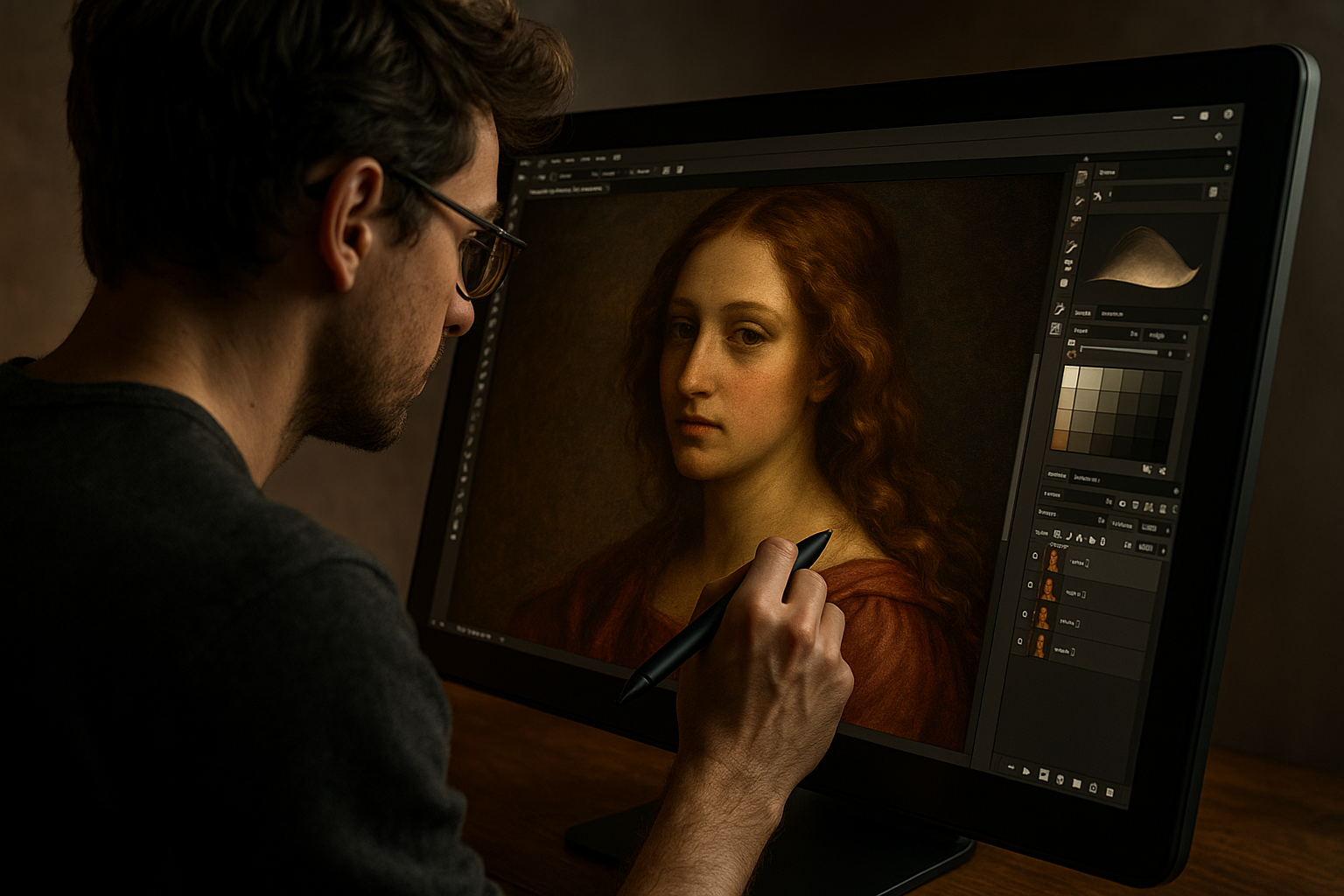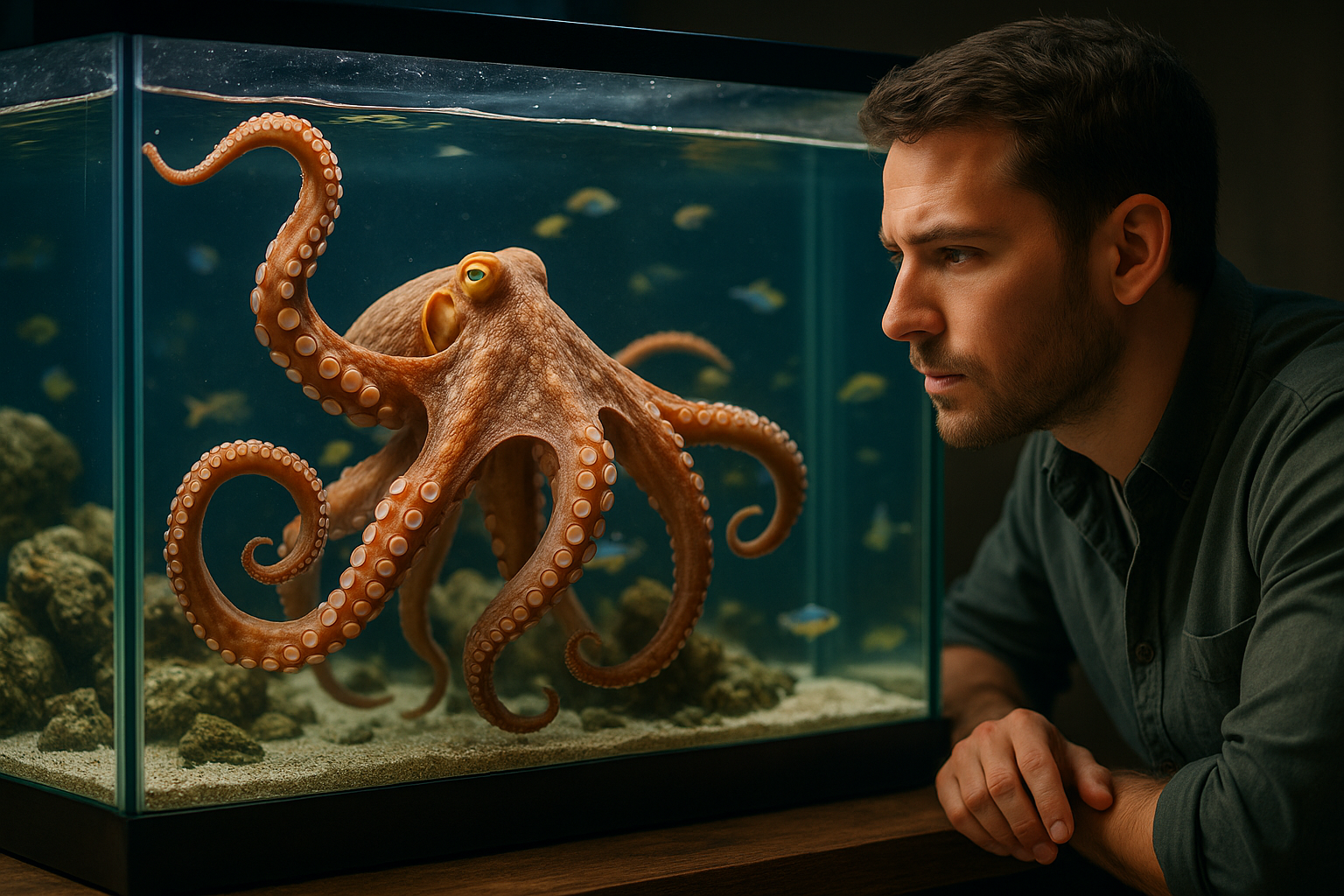**Intricacies of Digital Art: A New Age Renaissance**
Introduction: Step into the vivid realm of digital art, a convergence of technology and creativity that is reshaping our collective artistic landscape. Let’s delve into its history, current trends, and potential impact on the future of visual expression.

Genesis and Growth of Digital Art
Digital art, a revolutionary art form birthed from the union of technology and creativity, made its advent in the 1960s. It evolved from primitive digital painting and 3D modeling to complex virtual reality environments and AI-generated masterpieces. The journey of digital art is a testament to human ingenuity, each development a milestone in its rich and exciting history.
Current Scene in the Digital Art World
Today, digital art is experiencing an unprecedented boom, fueled by the rise of NFTs or Non-Fungible Tokens. Artists are selling their digital works for exorbitant prices, with Beeple’s “Everydays: The First 5000 Days” selling for a staggering $69 million at Christie’s. This crypto-art phenomenon has injected newfound enthusiasm and potential into the digital art sphere.
Impact and Significance of Digital Art
The impact of digital art goes beyond auctions and high-valued sales. It democratizes art, breaking the physical and geographical barriers that traditional art forms often contend with. Moreover, it provides a platform for artists to experiment with form, technique, and style without the constraints of physical media.
The Reception of Digital Art
The audience’s reception to digital art has been a mix of awe and skepticism. While many laud it as the future of art, others criticize it for its environmental impact and the potential for forgery. Nonetheless, the dialogue it generates signifies its importance in our constantly evolving artistic discourse.
Looking Ahead: The Future of Digital Art
As we gaze into the future, it’s clear that digital art will continue to evolve in fascinating ways. Will it eventually eclipse traditional art forms? What new technologies will shape its trajectory? Only time can answer these questions, but one thing is certain: digital art, with its limitless potential, is here to stay.
Digital art, in its diverse forms and expressions, is a testament to the fluidity of human creativity. As we stand on the precipice of a digital renaissance, we are left to ponder the myriad ways in which our perceptions of art will be transformed in the years to come. The digital art revolution is not just about the art itself, but about the conversations, debates, and introspections it fosters. As we delve deeper into this brave new world of artistic expression, we are not merely observers, but active participants in a fascinating journey of discovery and innovation.




